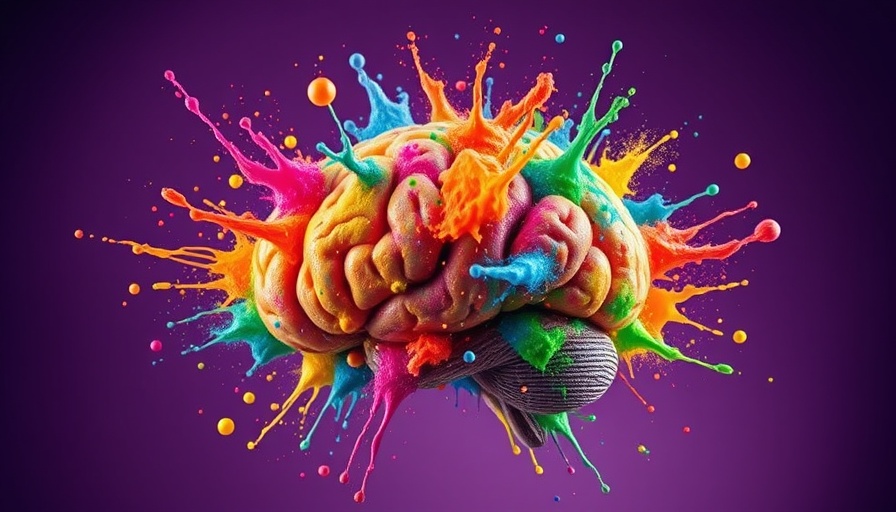
AI and the Aesthetic Turing Test: A New Art Paradigm
A recent advancement in artificial intelligence suggests that AI has now passed the aesthetic Turing Test, a milestone that could dramatically alter our relationship with art. This development raises questions about the essence of creativity and the role of technology in artistic endeavors.
Understanding the Aesthetic Turing Test
The aesthetic Turing Test, an idea coined after Alan Turing, examines whether a machine can create art that is indistinguishable from that created by humans. Traditionally, Turing’s work focused on cognitive functions; however, its application to art challenges conventional definitions of creativity and authorship. If AI-generated art resonates with viewers just as strongly as human-made art, what does that mean for artists and the art market?
The Changing Face of Creativity
Machine learning algorithms have become increasingly sophisticated, capable of analyzing vast data sets to produce artwork that sometimes elicits deep emotional responses. Artists like Refik Anadol are using AI to transform how art is created and experienced, integrating data from various sources to create immersive installations that invite viewers to interact, not just observe. This shift prompts a reconsideration of the artist's role as a creator versus a curator of technology.
Diverse Perspectives on AI Art
The artistic community stands divided on this issue. On one hand, proponents argue that AI democratizes art, enabling more people to engage with creative processes. On the other hand, critics contend it undermines the labor and emotional investment that human artists pour into their work. This tension indicates the need for ongoing dialogue about the ethics of using AI in the creative sector.
Future Predictions: The Integration of AI in Art
As AI continues to advance, we can anticipate an evolution in how art is produced and consumed. Platforms like DALL-E and Midjourney exemplify the potential for AI to not only assist artists but to also generate art autonomously. This raises questions about copyright, ownership, and the authenticity of art in a rapidly changing landscape.
Practical Insights: Embracing AI as a Tool
Instead of viewing AI purely as a competitor, artists can embrace it as a valuable tool that enhances their creative process. By understanding AI’s capabilities, artists can leverage technology to push their creative boundaries, collaborate with algorithms, and explore new artistic realms. This collaborative approach might redefine artistry in the digital age.
Conclusion: Reflecting on Our Evolving Relationship with Art
As AI reshapes the artistic landscape, it's crucial for artists, audiences, and creators alike to engage in discussions about the implications of this technology. Understanding AI’s role not only enriches our appreciation for art but also encourages critical engagement with broader ethical questions surrounding technology in artistry. This ongoing dialogue will help us navigate the complexities introduced by AI, ensuring technology serves to enhance rather than diminish the human experience.
 Add Row
Add Row  Add
Add 




Write A Comment